Introduction to Ski and Snowboard Swaps
Ski and snowboard enthusiasts eagerly await the winter season, anticipating the adrenaline rush as they glide down snowy slopes. But what if there was a way to indulge in this thrilling sport without breaking the bank? Enter ski and snowboard swaps – events that offer a unique opportunity to buy, sell, or trade equipment at affordable prices. This article dives into ski and snowboard swaps, uncovering the advantages, tips for successful participation, environmental implications, and more.
The Benefits of Participating in Ski and Snowboard Swaps
Ski and snowboard swaps aren’t just about saving money – they’re about fostering a sense of community among winter sports enthusiasts. Participants can find high-quality gear at significantly lower prices than buying new equipment. Moreover, swaps encourage sustainability by giving used gear a new lease on life, diverting it from landfills.
How to Prepare Your Equipment for a Ski and Snowboard Swap
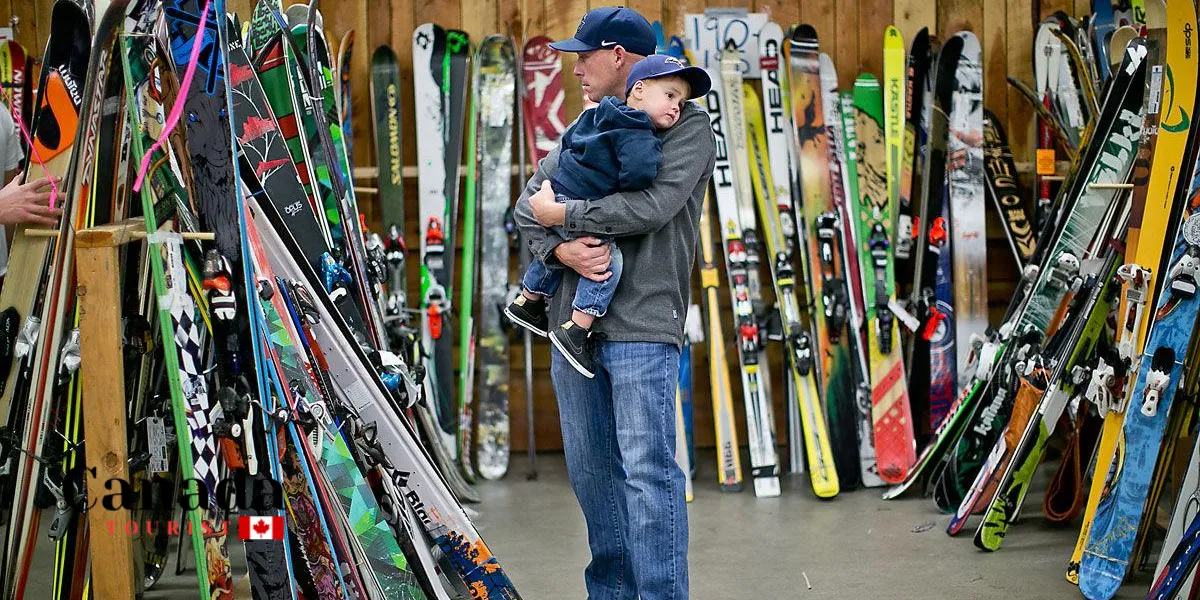
Before participating in a swap, you must ensure that the equipment you plan to sell or trade is in good condition. Thoroughly clean and inspect your gear, fixing any minor issues. This increases your chances of making a sale and contributes to a positive experience for the buyer.
Finding Local Ski and Snowboard Swaps: A Comprehensive Guide
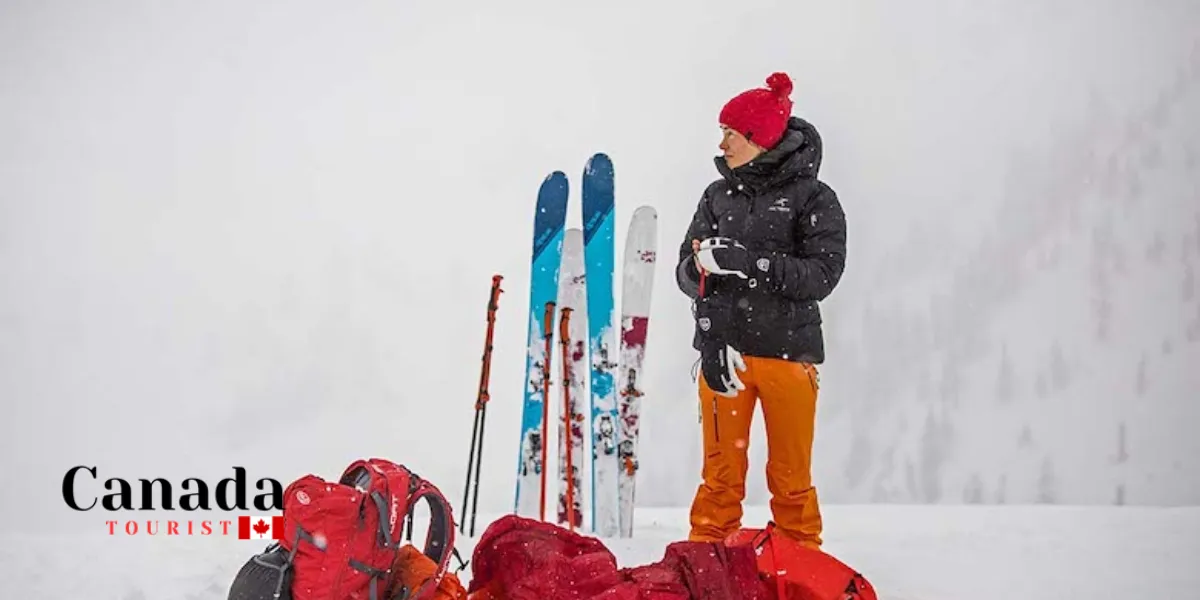
Locating nearby ski and snowboard swaps is crucial for enthusiasts interested in these events. Local sporting goods stores, ski clubs, and online platforms often host swaps. Researching and marking your calendar for these events can help you snag great deals.
Online Platforms for Ski and Snowboard Swaps: Pros and Cons

In the digital age, online platforms have become popular alternatives to traditional in-person swaps. These platforms connect sellers and buyers worldwide, offering a wider selection. However, there are considerations such as shipping costs and the inability to physically inspect items.
Tips for a Successful Ski and Snowboard Swap Experience
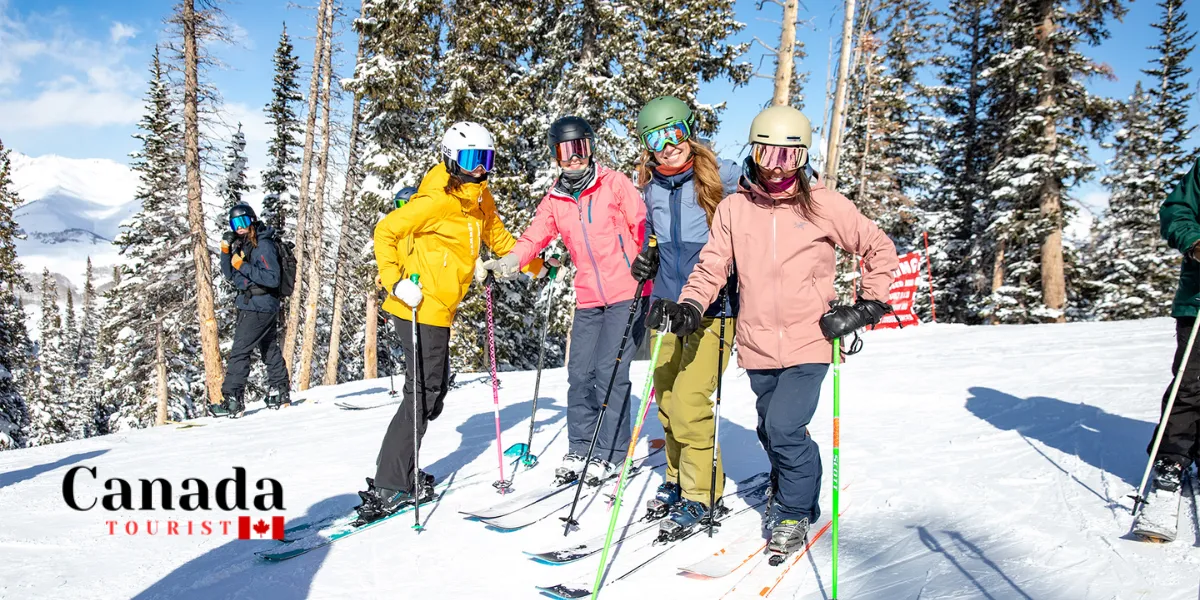
Maximize your swap experience with practical tips: arrive early for the best selection, know your budget, and be open to negotiation. Bringing cash and researching fair prices for items can also enhance your swap success.
Etiquette and Guidelines for Buying and Selling at Swaps
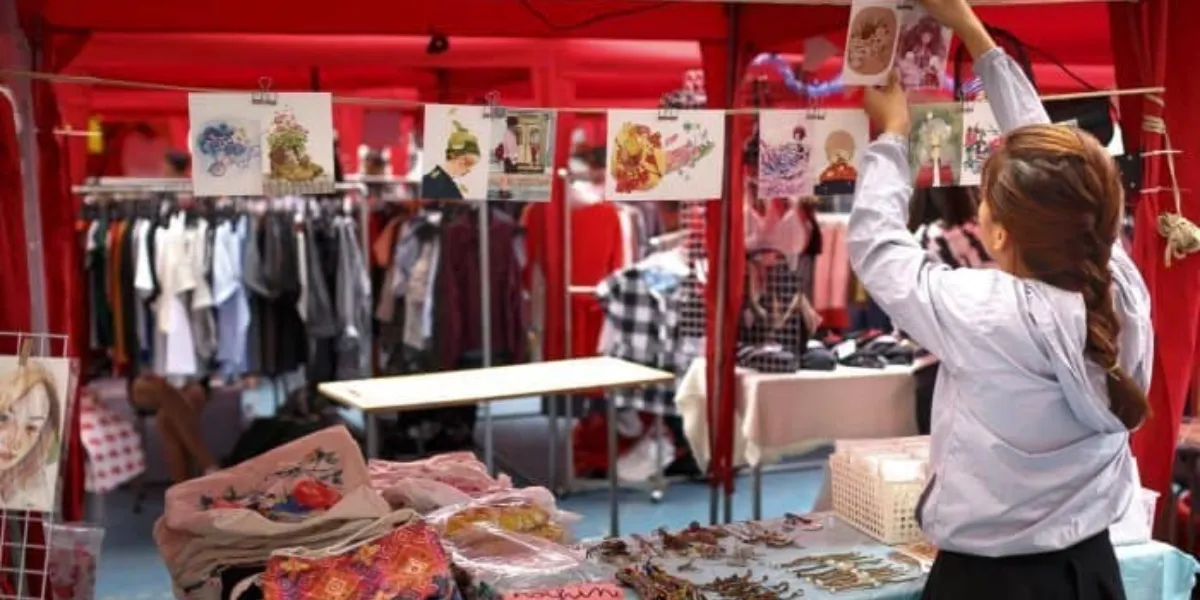
Understanding swap etiquette is essential for a smooth interaction. Sellers should be honest about their equipment’s condition, while buyers should respect sellers’ prices. Politeness and good communication are key to creating a positive atmosphere.
Ensuring Safety: Inspecting Used Ski and Snowboard Equipment

Safety should never be compromised. When purchasing used equipment, carefully inspect bindings, edges, and other critical components. If you need help with what to look for, seek advice from experienced skiers and snowboarders.
The Environmental Impact of Ski and Snowboard Swaps
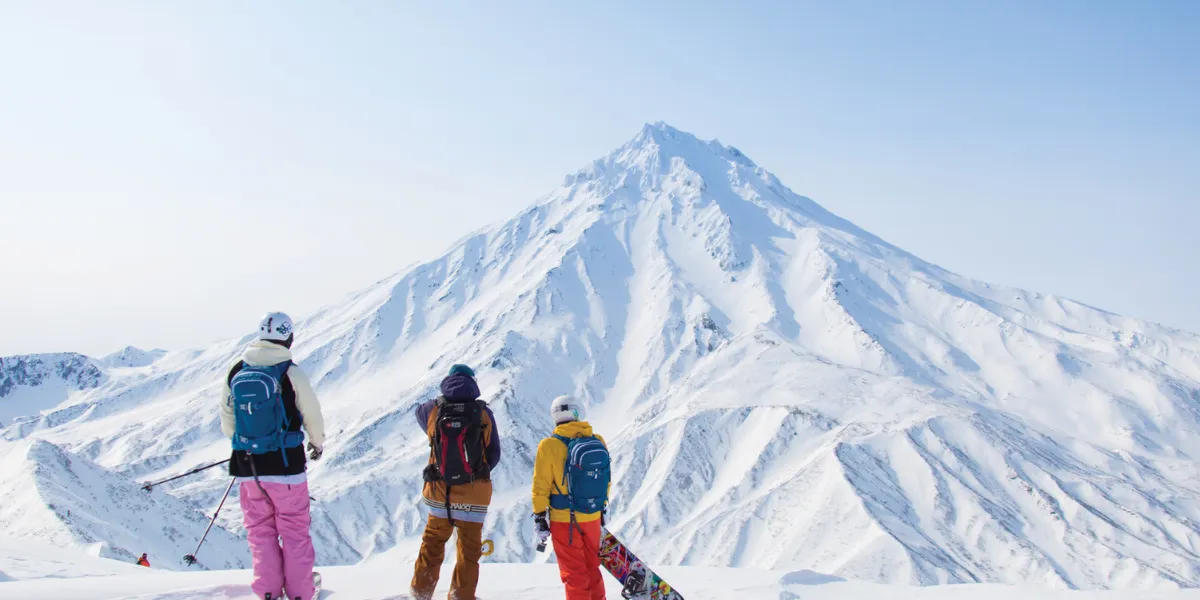
Ski and snowboard swaps play a role in reducing the environmental footprint of the winter sports industry. By extending the lifespan of equipment, these events contribute to resource conservation and lessen the demand for new production.
Beyond the Swap: Building a Community of Winter Sports Enthusiasts

Ski and snowboard swaps transcend mere transactions. They provide a platform for like-minded individuals to connect, share stories, and bond over their passion for winter sports. This sense of community enhances the overall experience.
Donating and Giving Back Through Swaps: A Heartwarming Aspect

Some swaps have a charitable component, allowing participants to donate their old equipment to needy people. This heartwarming aspect of swaps helps introduce underserved individuals to the joy of skiing and snowboarding.
The Economics of Ski and Snowboard Swaps: Is It Worth It?
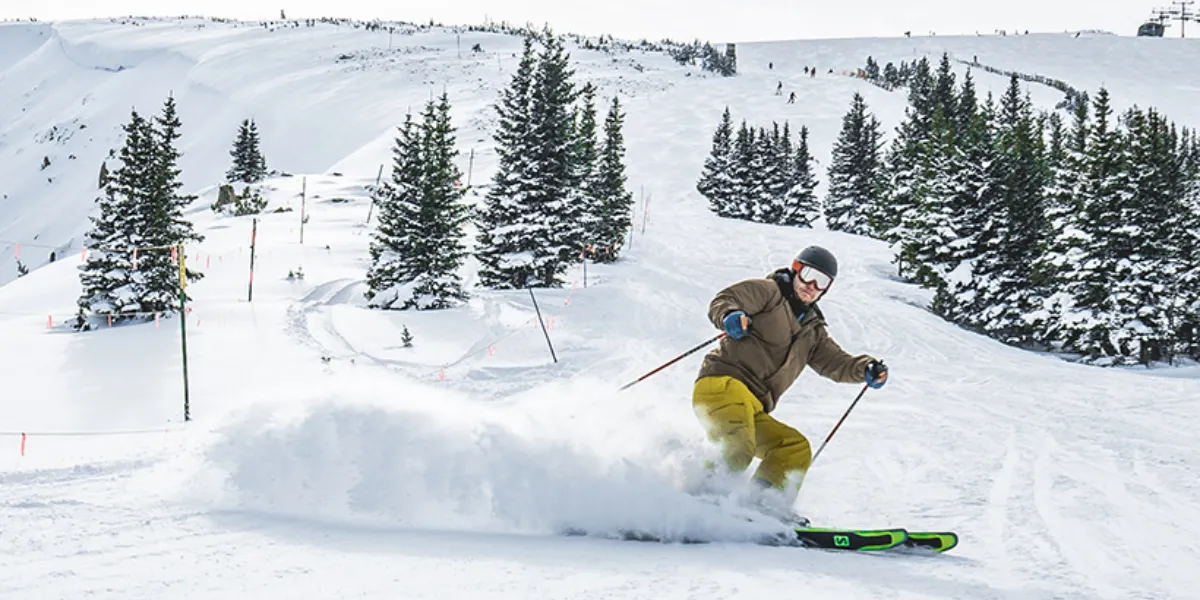
For both buyers and sellers, the economics of ski and snowboard swaps can be intriguing. Sellers can recoup some of their initial investment, while buyers can access quality gear at lower costs. Understanding the financial dynamics can guide your decision-making.
Navigating the Legalities: Liability and Waivers at Swaps
Being aware of the legal aspects of participating in swaps is important. Organizers may require liability waivers to protect themselves from accidents or injuries during the event. Familiarize yourself with these details before taking part.
How Ski and Snowboard Swaps Promote Sustainable Winter Sports
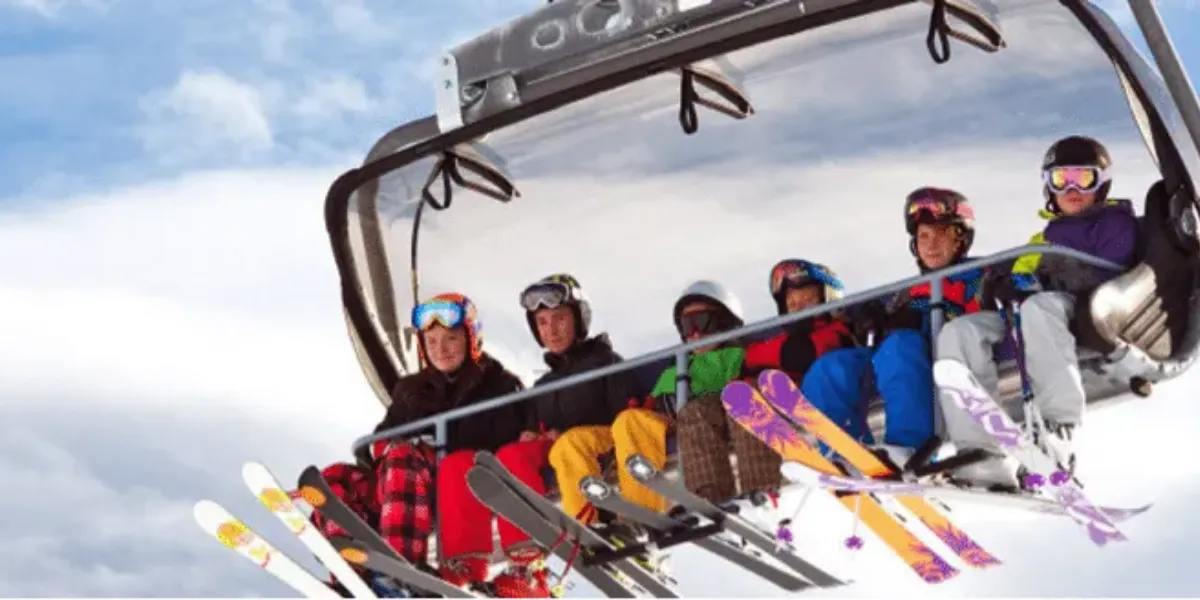
Sustainability and winter sports go hand in hand. Ski and snowboard swaps promote sustainability by extending the equipment lifecycle and reducing the need for new production. This contributes positively to the environment and the sport’s long-term viability.
Future Trends: Technology’s Influence on Ski and Snowboard Swaps
As technology advances, it’s likely to impact ski and snowboard swaps. Online platforms offering virtual inspections or augmented reality experiences may become more sophisticated. Embracing these trends could redefine how swaps are conducted in the coming years.
Conclusion
In winter sports, ski and snowboard swaps are more than just opportunities to acquire or exchange equipment. They embody a thriving community, a sustainability commitment, and a shared passion celebration. By participating in these events, enthusiasts not only save on costs but also contribute to the reduction of environmental impact. As the snow sports landscape continues to evolve, ski and snowboard swaps hold the potential to shape the future by incorporating technology, expanding their reach, and fostering a spirit of camaraderie that transcends the gear itself. So, consider joining a swap, whether you’re a seasoned pro or a newcomer to the slopes. This experience offers much more than just a new skis or snowboard set.
Click here to visit more posts!

























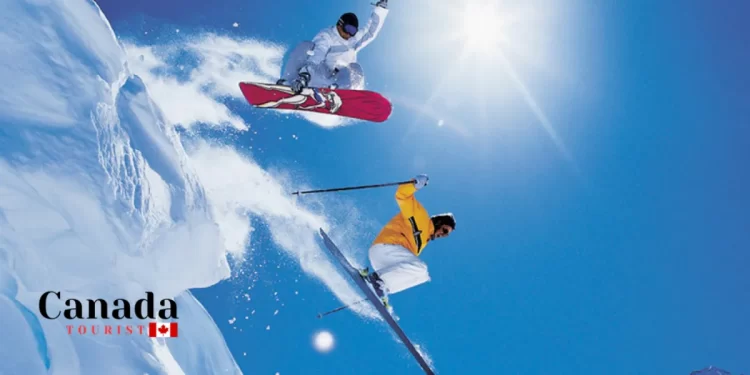















Discussion about this post